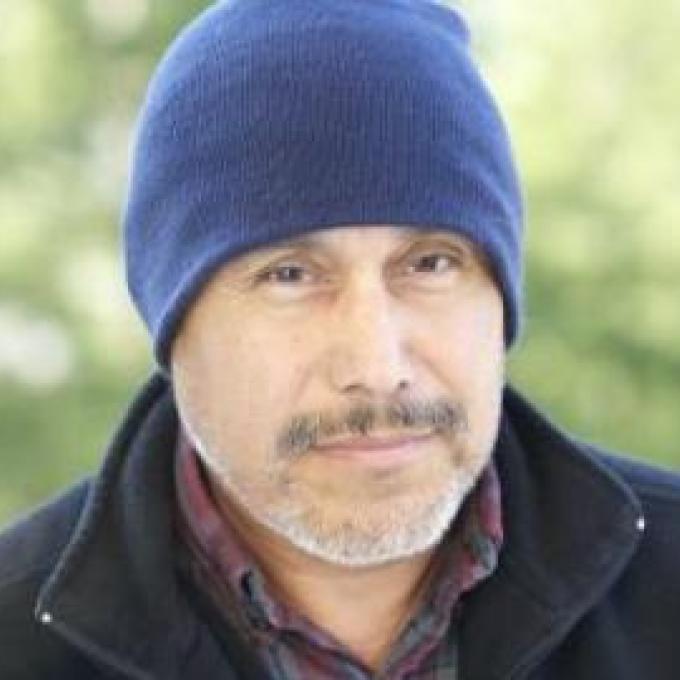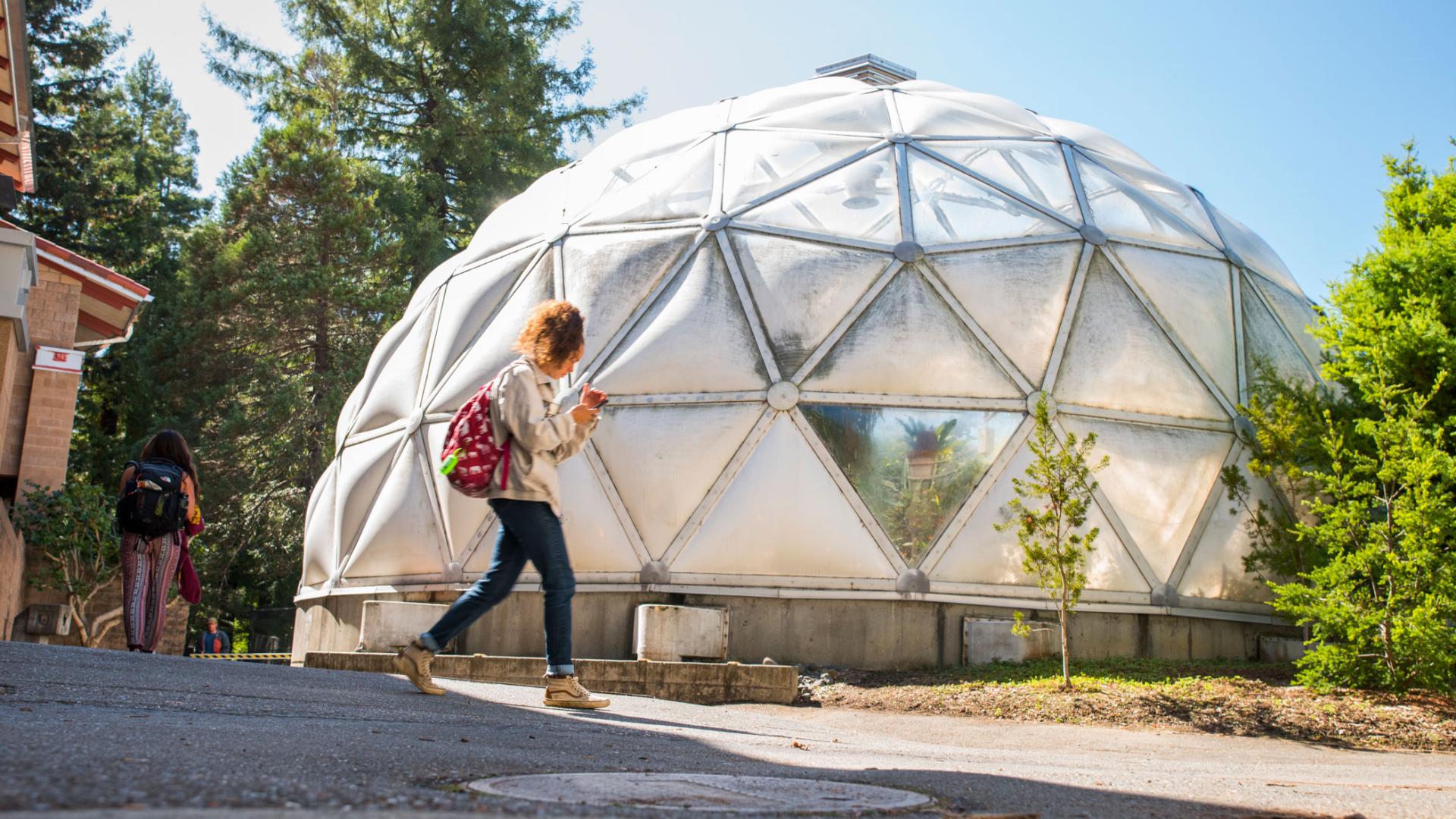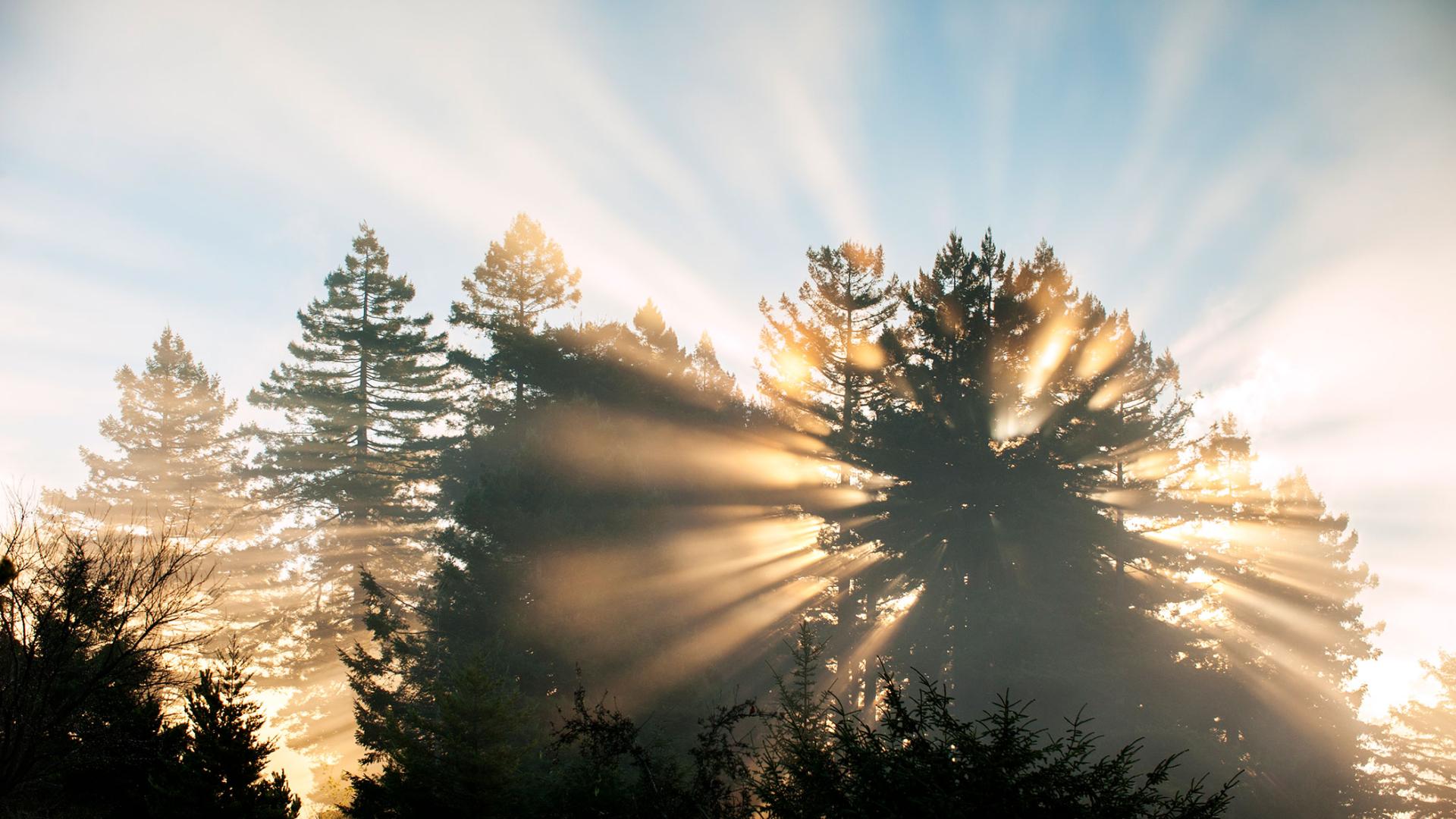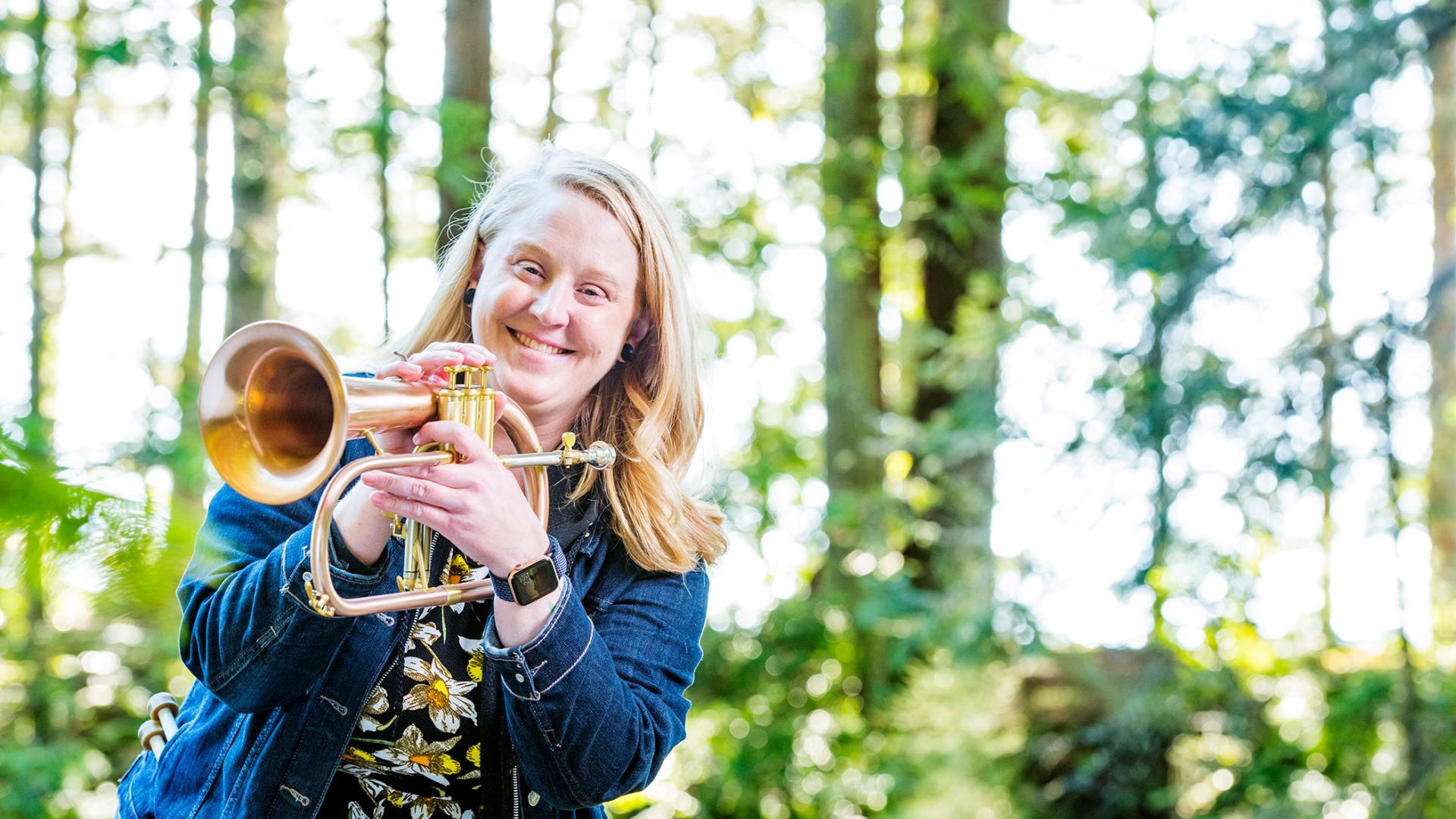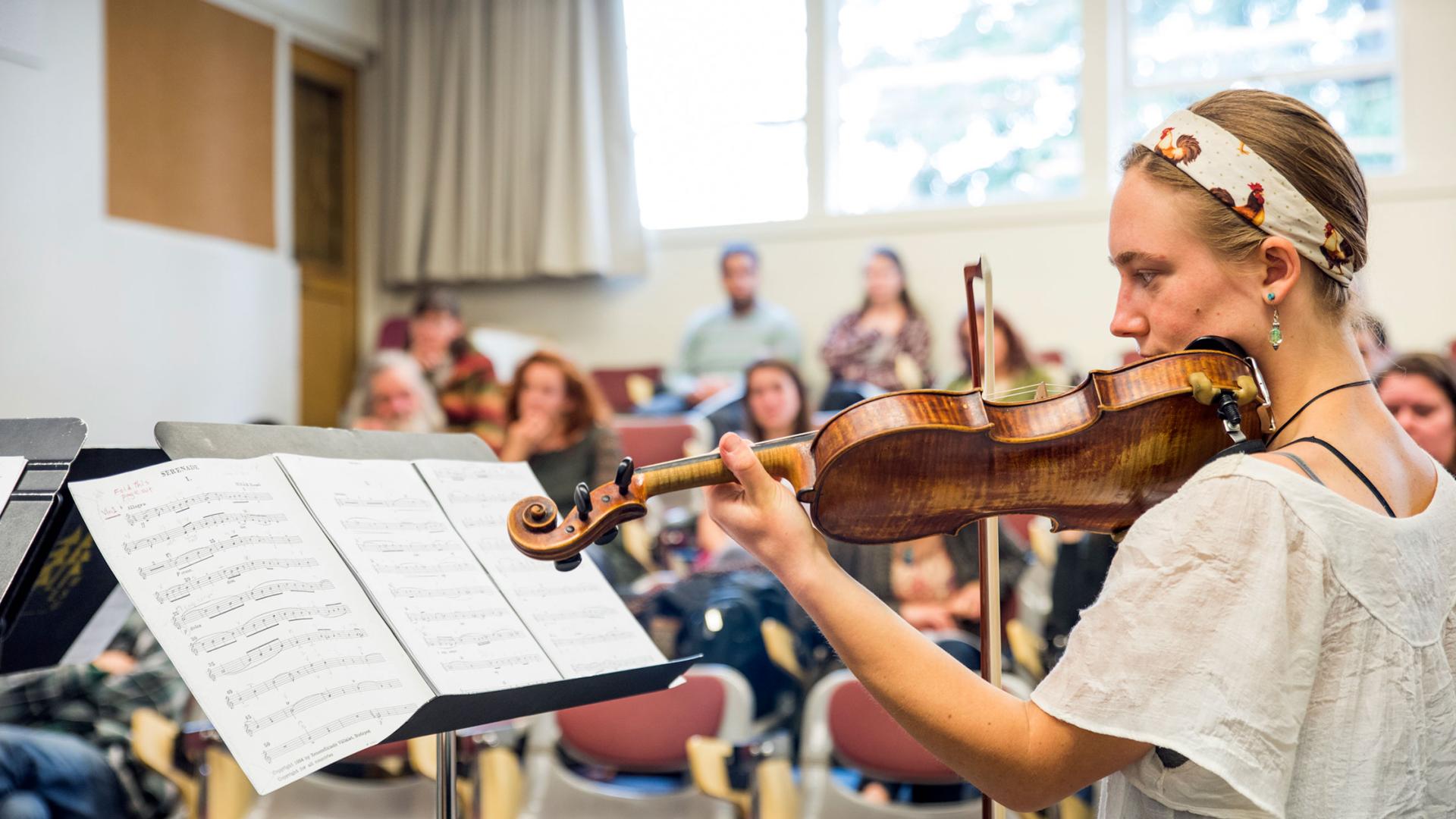Sarah Peters Gonzalez
Breadcrumb
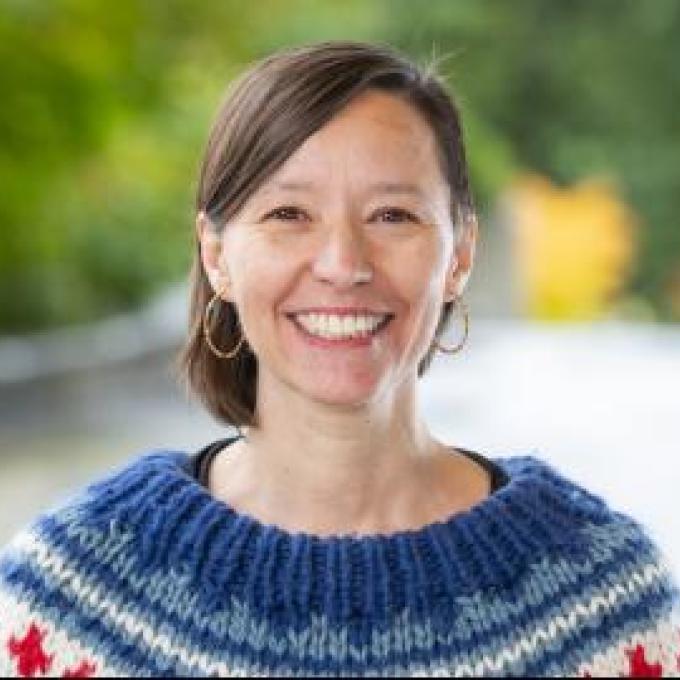
Sarah Peters Gonzalez, (she/they)
Academic Advisor
Sara Turner
Breadcrumb

Sara Turner
Sara Sanborn
Breadcrumb
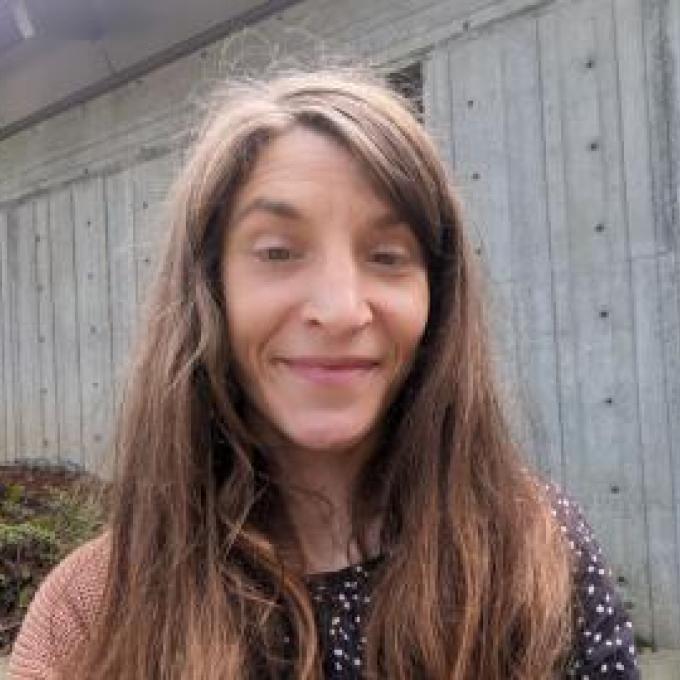
Sara Sanborn
Title IV-E Programs Administrative Support
Ronnie Swartz
Breadcrumb
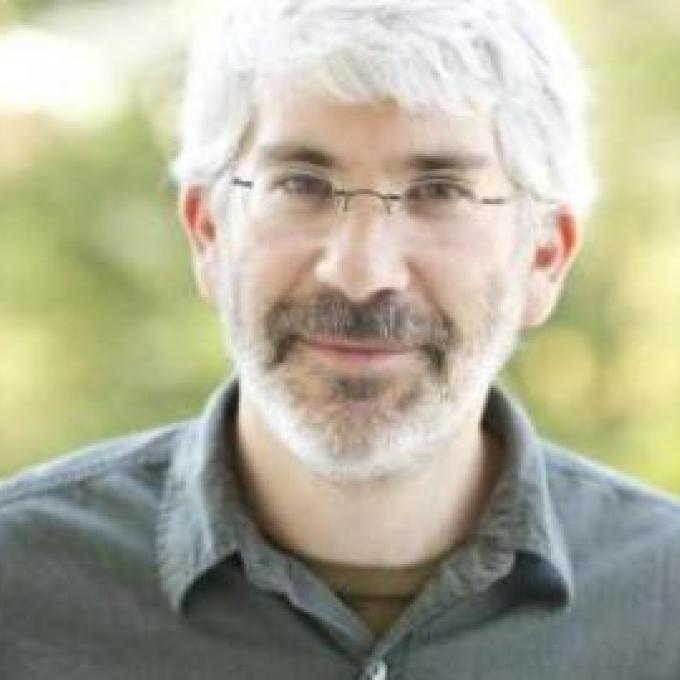
Ronnie Swartz, Ph.D., LCSW
Professor
- BA in Philosophy, Brown University
- Master of Social Work, University of Michigan
- Ph.D. in Human and Organizational Systems from Fielding Graduate University
Rochelle Trochtenberg
Breadcrumb

Rochelle Trochtenberg, MSW
Lecturer
Phoebe Cellitti
Breadcrumb

Pam Brown
Breadcrumb
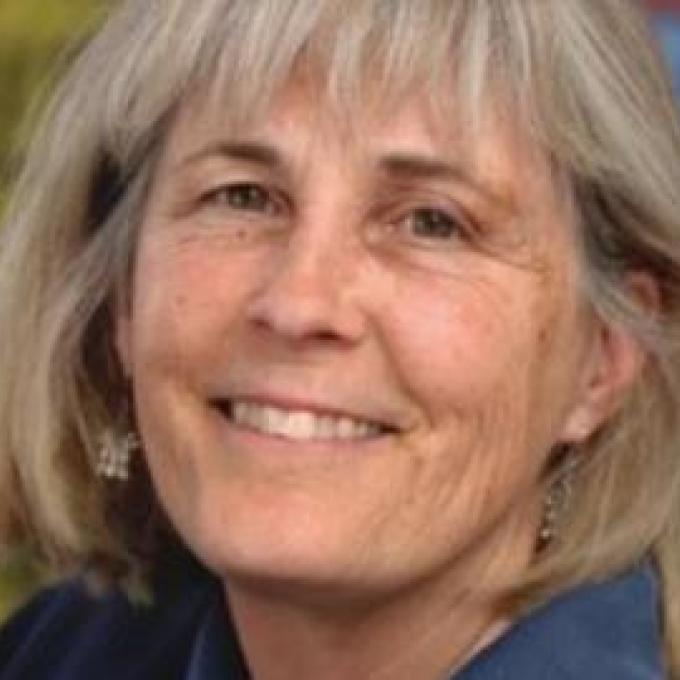
Pam Brown
Pam Bowers
Breadcrumb
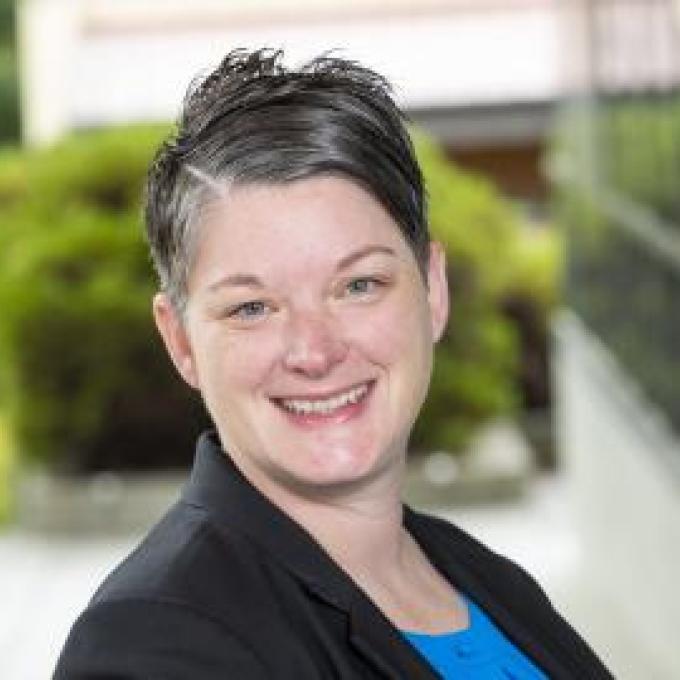
Pam Bowers, MSW, Ph.D.
Professor & MSW Director
- PhD, University of Texas at Arlington, 2013
- MSW, University of Denver
- BASW, San Francisco State University
Michelle Bates-Hoaglin
Breadcrumb
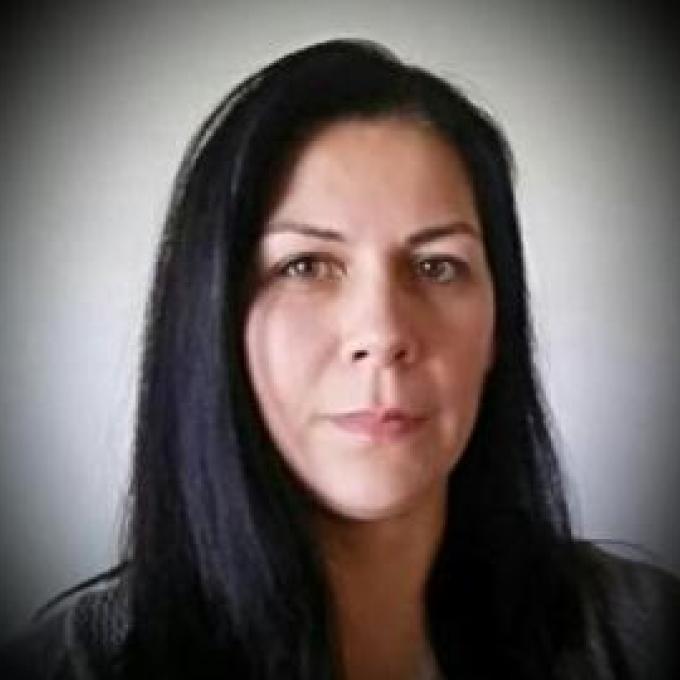
Michelle Bates-Hoaglin, MSW, LCSW
Pathway & SERVE Project Coordinator
Michael Yellow Bird
Breadcrumb
